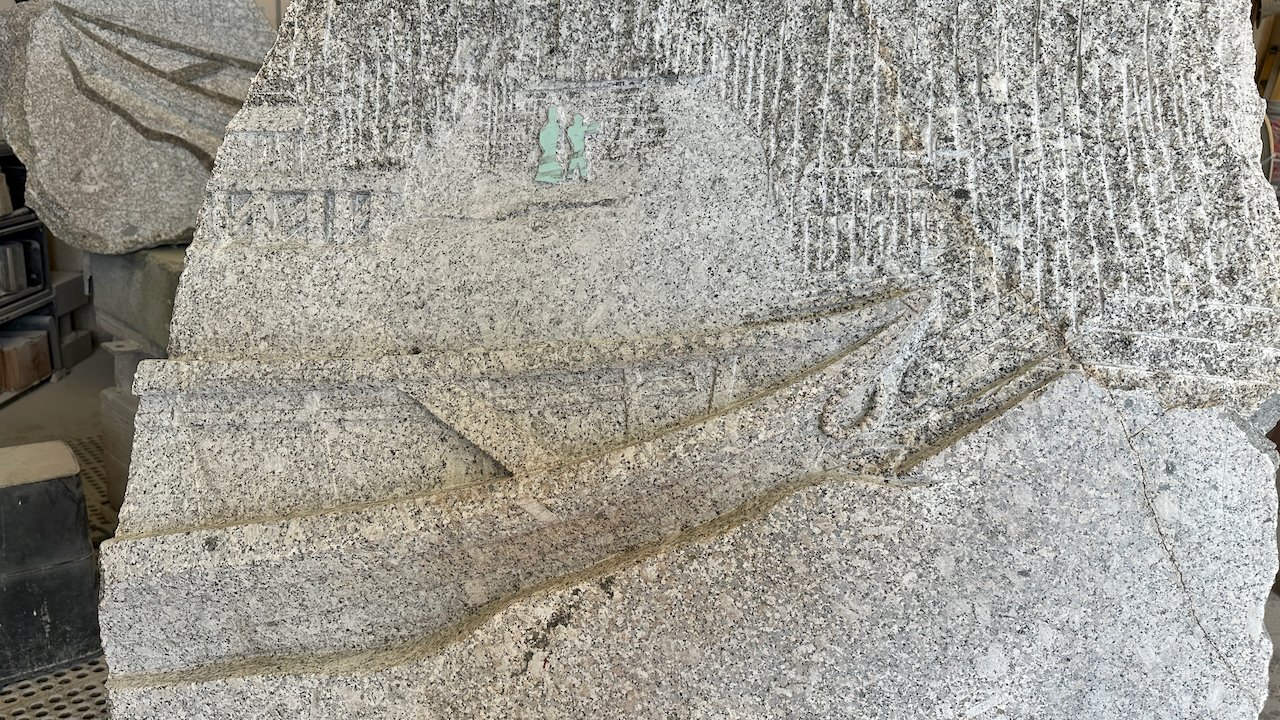
Community Monuments
Lower Prospect
The Lower Prospect descendants spotted their perfect boulder in White’s Lake, on the property of Dave and Belinda Landry, who generously donated it for the monument. The 6’ tall, 9000 lb boulder needed to be cut at the base before being moved to Coastal Restoration in Goodwood, where Avi Miller spent 6 weeks carving both stones.
Stay tuned here to see the installation of the monument and the unveiling in Lower Prospect.
TIMELINE
SITE PREP
FINDING THE STONE
CUTTING AND MOVING
CARVING
THE COMMUNITY’S INVOLVEMENT AFTER THE WRECK
Around 3:15 AM on April 1, 1873, the Clancy family, the only family who lived on Marrs Island, were roused from their beds by the sounds of the SS Atlantic wrecking against their rocky island.
Michael Clancy headed over but met quartermaster Robert Thomas, who had managed to swim ashore. Michael led him to the house where Sarah Jane O’Reilly took him in, as she would over 400 other traumatized victims within hours. Michael sent a boy, Eddie Mullins, to row to Ryans Island to wake them. Edmund Ryan began firing his musket to alert the villagers of Lower Prospect. They dragged 3 heavy seine boats over land to the far side of Marrs Island and, for hours they worked to bring all the survivors they could to shore into the care of the women. For the villagers of Lower Prospect, this nightmare was only beginning.
Over weeks, more than 500 corpses were piled on ‘The Hill of Death’, as newspapers called it. Hundreds of simple coffins were stacked in Lower Prospect to receive the dead before transporting them to 2 mass graves, one at the Catholic cemetery, Our Lady Star of the Sea, and the other in Terence Bay near St Paul’s cemetery.
Dead bodies washed ashore for months, the final burial taking place in June 1873.
“…the fishermen’s families gave all the provisions they had to the shipwrecked people, and in many instances are now themselves in actual want. There could be no better way to manifest sympathy in the matter than to send down to Lr Prospect a quantity of provisions to refill the larders which were so cheerily emptied to feed the distressed people…”
Halifax Morning Herald, April 5, 1873


































